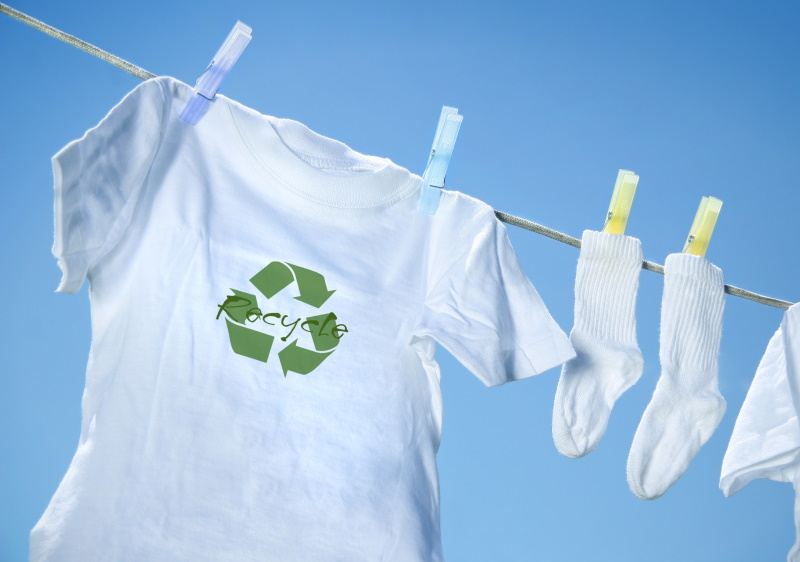
BOSTON – Sustainability is among four key 'megatrends' driving the innovations in materials needed for the future success of the textiles and apparel industry, according to a new study.
The report, 'Emerging Materials Opportunities for the Apparel Industry', by US research and data company Lux Research described the industry as a "ubiquitous behemoth" but said it faced uncertainty due to the coronavirus pandemic.
It said that materials innovations would be key to growth, and it named sustainability as one of four 'megatrends' driving this shift, along with functionality and differentiation, minimising supply chain risks, and the trend toward personalisation.
Government regulations and consumer demand were playing important roles in the move towards increased sustainability but brands themselves were spearheading change across the value chain, from upstream sourcing and manufacturing to downstream reclamation and recycling, according to the report.
This movement was being executed both individually, by brands such as Adidas and Patagonia, and collectively, in initiatives such as the Fashion Pact, the UN’s Fashion Industry Charter for Climate Action, and Greenpeace’s Detox 2020 initiative.
Key textile innovations included sustainable processing techniques such as water-free dyeing, advancements in fibres, functional improvements such as smart textiles and special coatings, and end-of-life recycling options for polyester and cellulosic materials.
“Functional coatings and finishes provide near-term opportunities within the next one to two years, whereas fibre innovations, water-free dyeing, and smart textiles should be viewed as long-term opportunities,” said Michael Holman, vice president, research, at Lux Research.
“Drop-in additives that provide performance enhancement and differentiation are already market-ready, and chemical companies can benefit from providing less harmful and bio-based products that meet brand and consumer demand.”
End-of-life recycling opportunities for polyester and cellulosic materials pose medium term opportunities for growth, according to the report.
While polyester recycling was close to scale, improved supply chain logistics and better-quality feedstock were needed to achieve a scalable solution. Chemical companies could benefit from this by providing polyester feedstock diversification.
Meanwhile, cellulosic recycling of cotton-based materials was providing companies with an opportunity to develop post-consumer recycling options that capitalise on future feedstock opportunities, especially in the EU, which was leading in textile waste separation infrastructure.
Developing environmentally friendly alternative materials can help brands differentiate themselves through the ongoing sustainability trend,” added Holman.




